Mascot image design is an interesting and creative work. Designing a successful mascot needs to take into account the target audience, the brand or activity it represents, and the emotion it conveys. Here are some key considerations when designing a mascot image:
Target Audience: Consider the mascot's audience, including age, cultural background, and preferences. The design of the mascot should be able to resonate with the audience and make them feel close and happy.
Meaning: Mascots usually represent a brand, group or event, so they need to be designed with the specific meaning or values they want to convey. For example, the mascot of a sports team may want to embody unity and strength, while the mascot of a business event may be more cheerful and friendly.
Image features: The appearance of the mascot should be eye-catching and unique, easy to identify and remember. Consider using bright colors, exaggerated features, or logo elements associated with the brand to enhance recognition.
Emotional expression: to convey the emotions of the mascot through gestures, expressions and movements to make it more vivid and interesting. Different emotions will give people a different impression, such as cheerful, friendly, brave and so on.
Diversity and inclusion: If the mascot represents a diverse group or activity, you need to ensure that the mascot is designed to accommodate different cultures and groups and avoid stereotypes and discrimination.
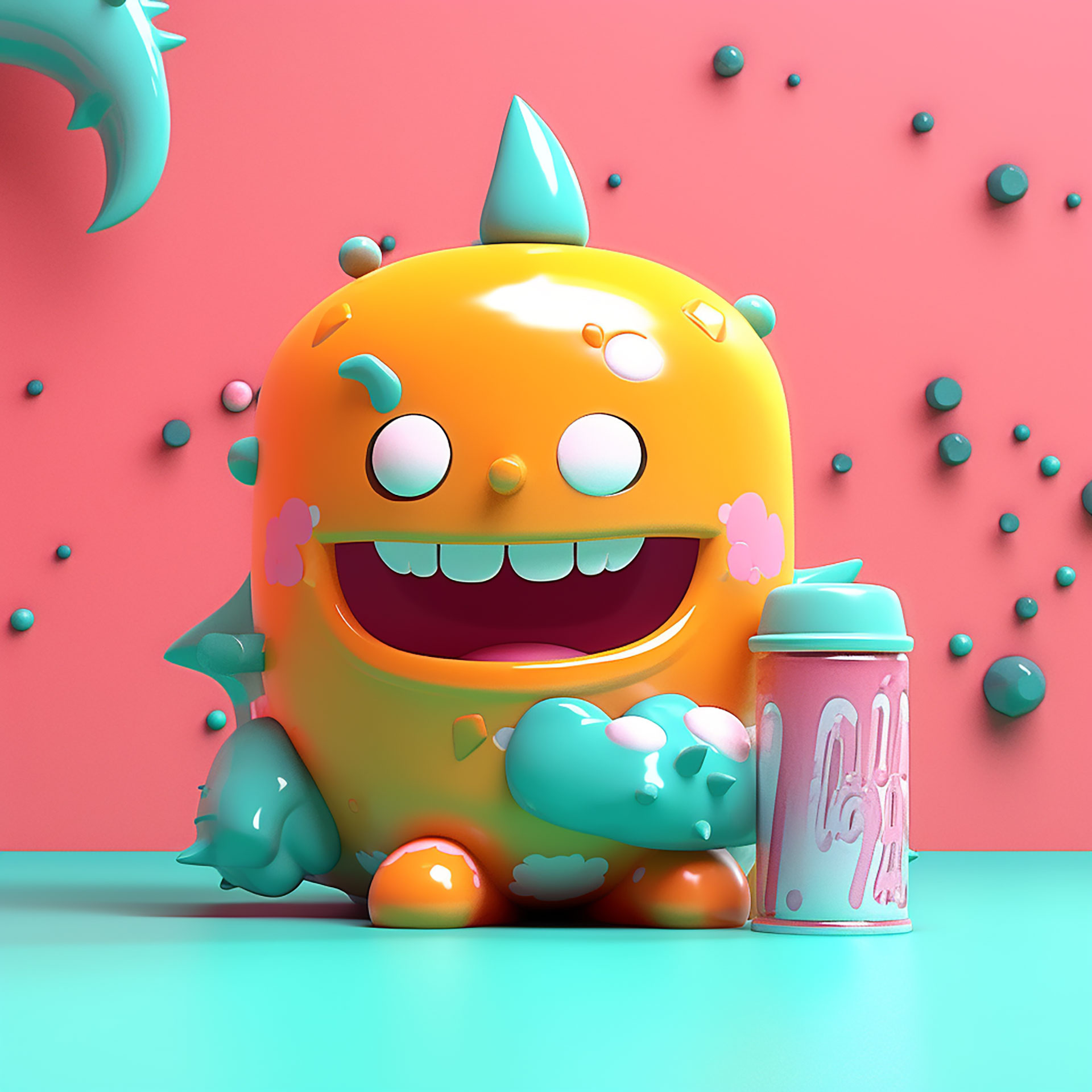
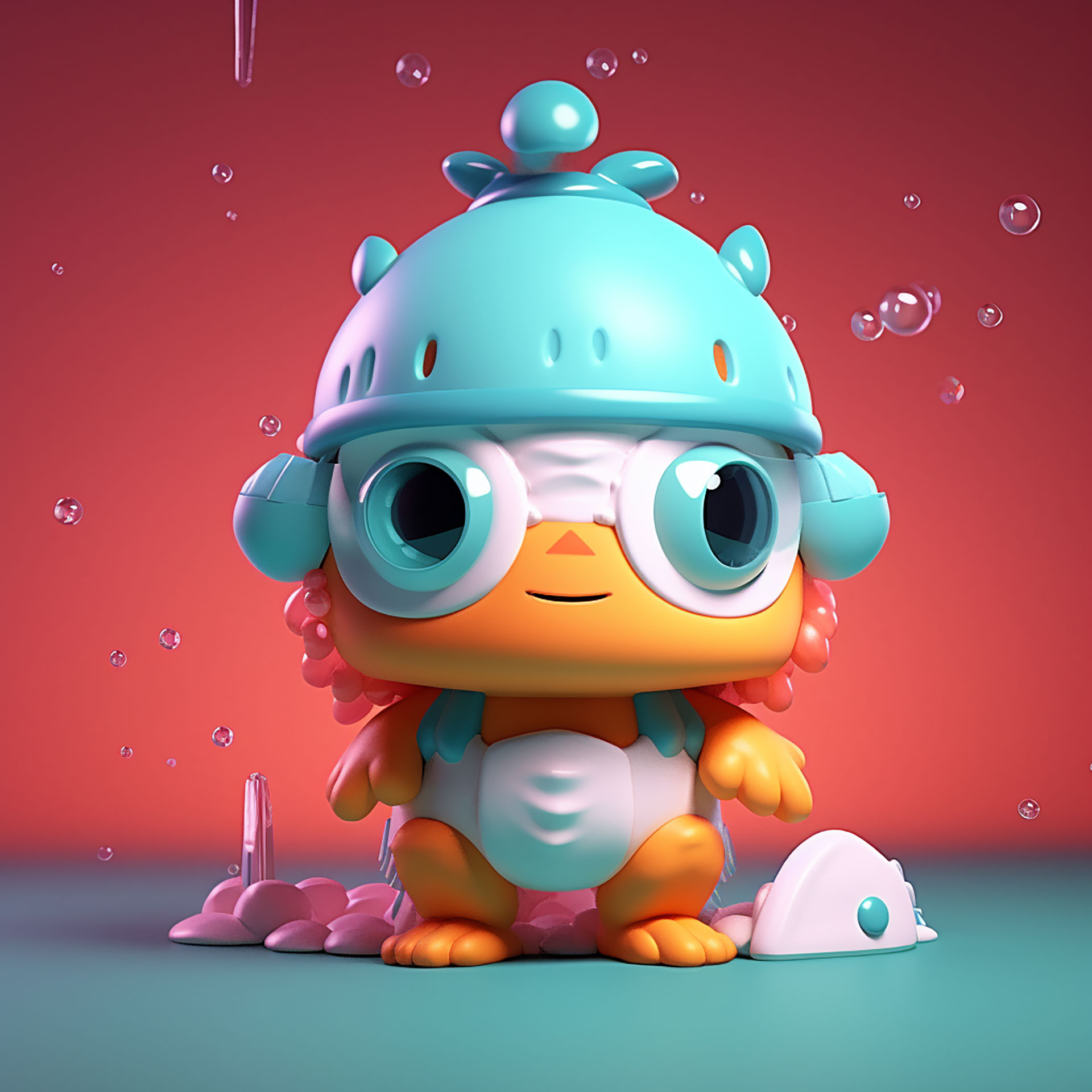
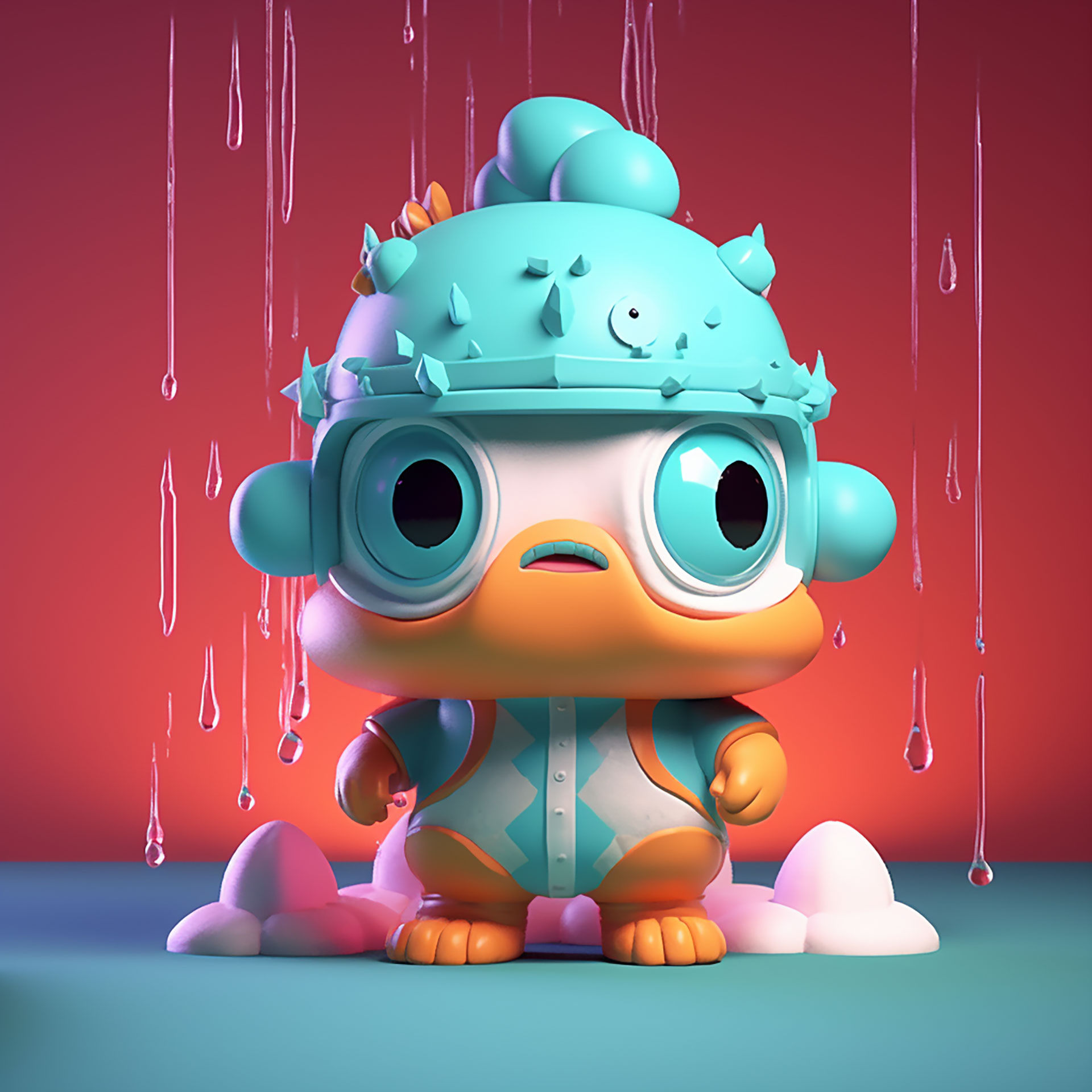
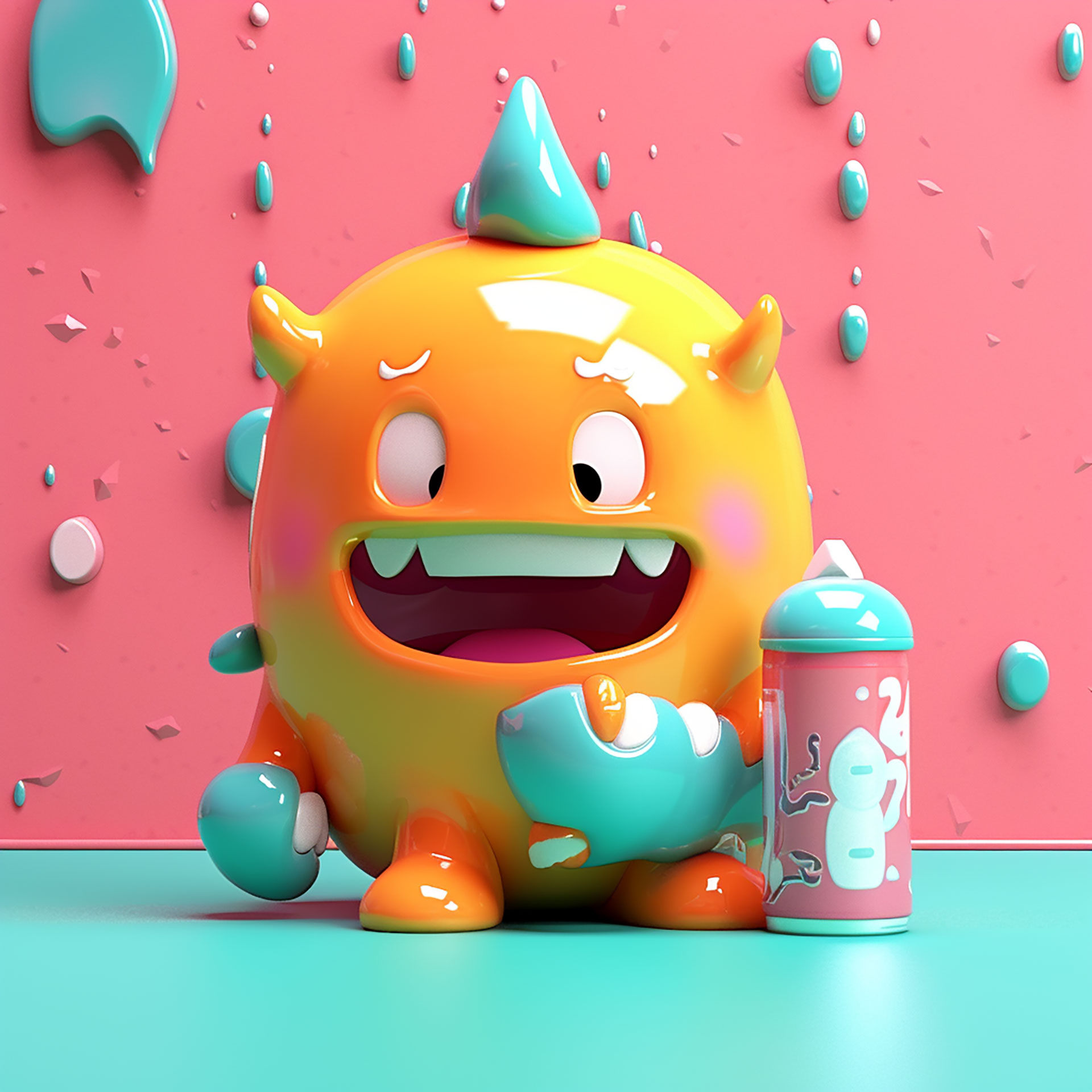
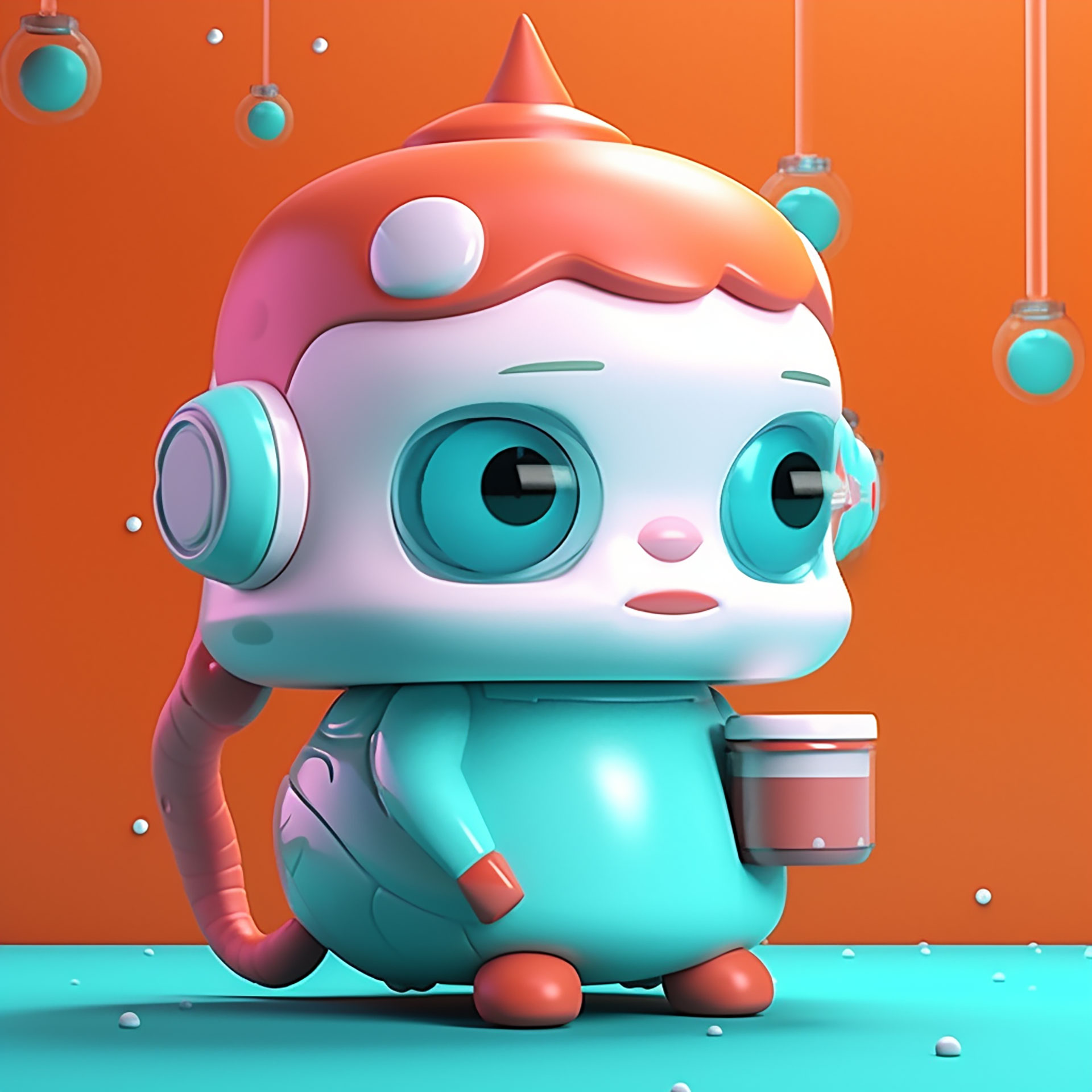
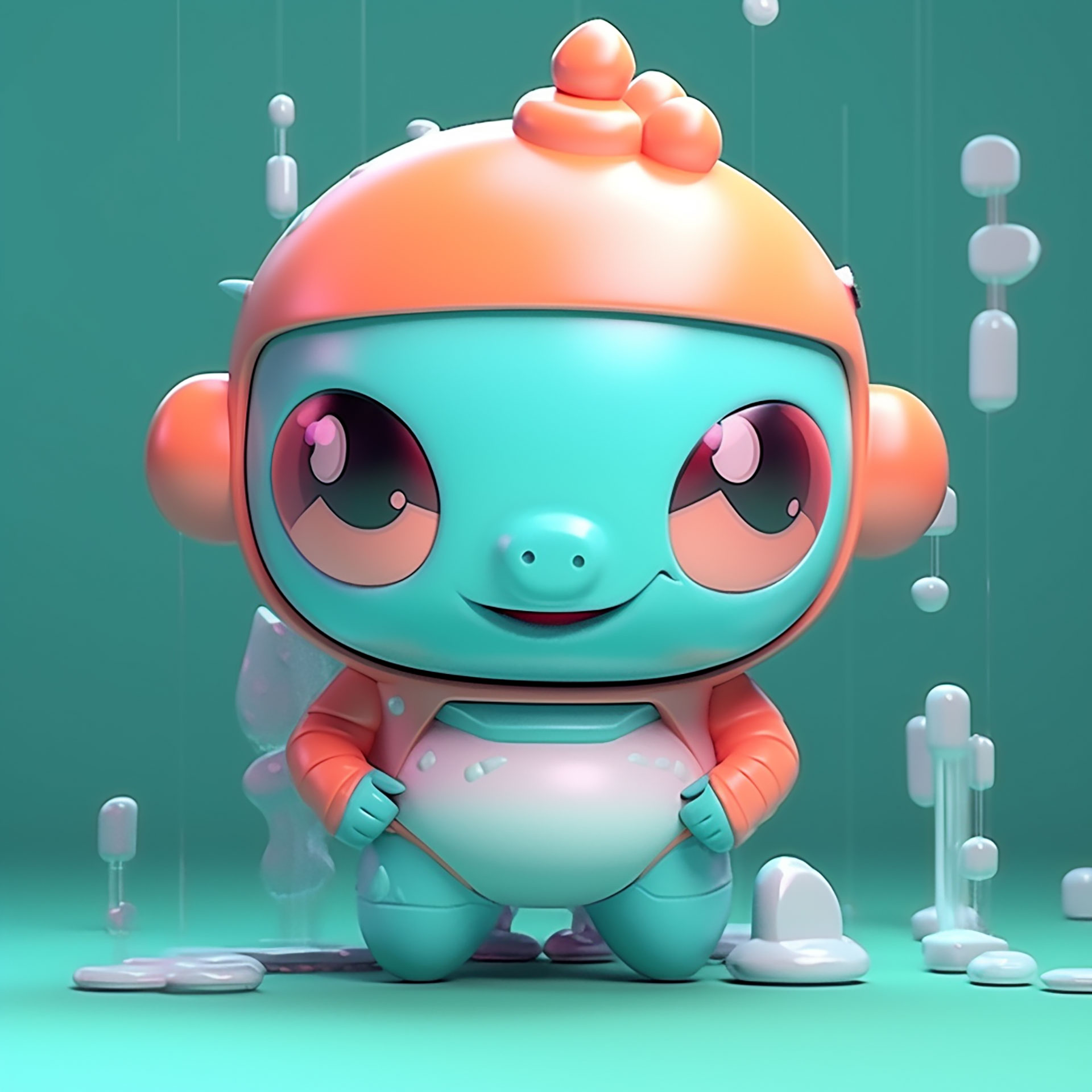
本作品版权归 上海佐兹广告有限公司 所有,禁止匿名转载及个人使用,任何商业用途均需联系原作者。
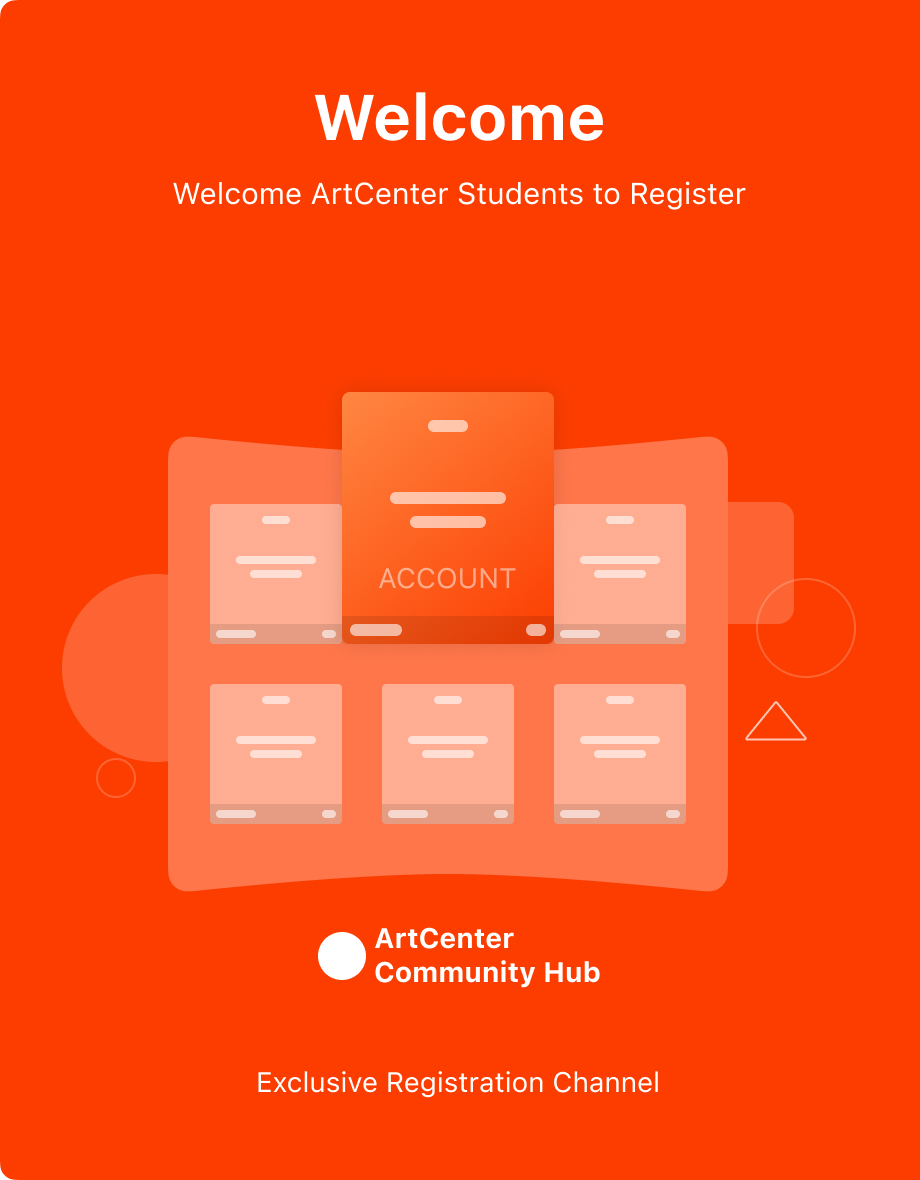
新用户?创建账号
登录 重置密码

请输入电子邮件以重置密码。
Fun
Ugly, cute, ugly and cute
Not bad
Lovely